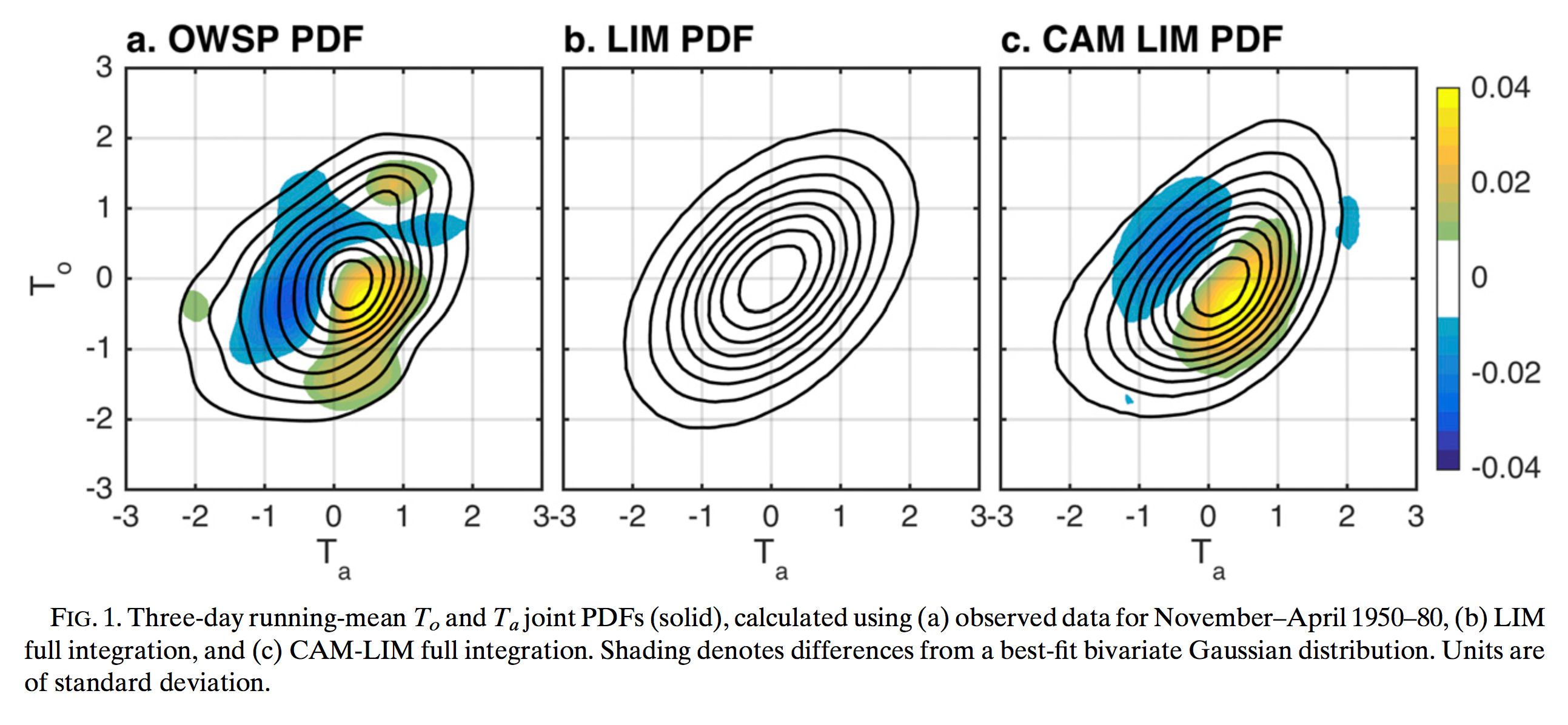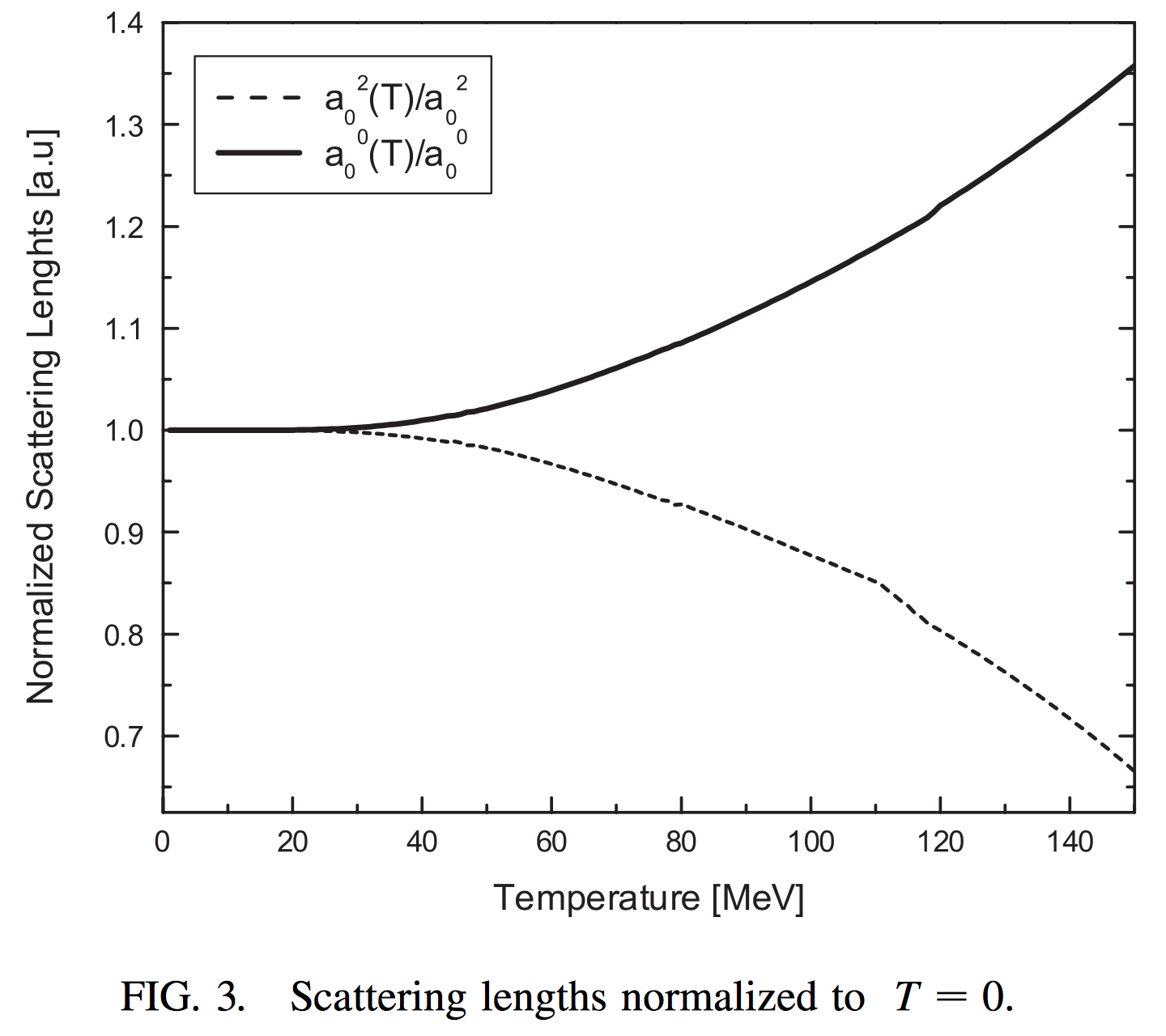Precipitation accumulations, integrated over rainfall events, are investigated using hourly data across continental China during the warm season (May–October) from 1980 to 2015. Physically, the probability of precipitation accumulations drops slowly with event size up to an approximately exponential cutoff scale sL where probability drops much faster. Hence sL can be used as an indicator of high accumulation percentiles (i.e., extreme precipitation accumulations). Overall, the climatology of sL over continental China is about 54 mm. In terms of cutoff changes, the current warming stage (1980–2015) is divided into two periods, 1980–97 and 1998–2015. We find that the cutoff in 1998–2015 increases about 5.6% compared with that of 1980–97, with an average station increase of 4.7%. Regionally, sL increases are observed over East China (10.9% ± 1.5%), Northwest China (9.7% ± 2.5%), South China (9.4% ± 1.4%), southern Southwest China (5.6% ± 1.2%), and Central China (5.3% ± 1.0%), with decreases over North China (−10.3% ± 1.3%), Northeast China (−4.9% ± 1.5%), and northern Southwest China (−3.9% ± 1.8%). The conditional risk ratios for five subregions with increased cutoff sL are all greater than 1.0, indicating an increased risk of large precipitation accumulations in the most recent period. For high precipitation accumulations larger than the 99th percentile of accumulation s99, the risk of extreme precipitation over these regions can increase above 20% except for South China. These increases of extreme accumulations can be largely explained by the extended duration of extreme accumulation events, especially for “extremely extreme” precipitation greater than s99.
Chang, M., B. Liu, C. Martinez-Villalobos, G. Ren, S. Li, and T. Zhou, 2020: Changes in Extreme Precipitation Accumulations during the Warm Season over Continental China. J. Climate, 33, 10799–10811, https://doi.org/10.1175/JCLI-D-20-0616.1









